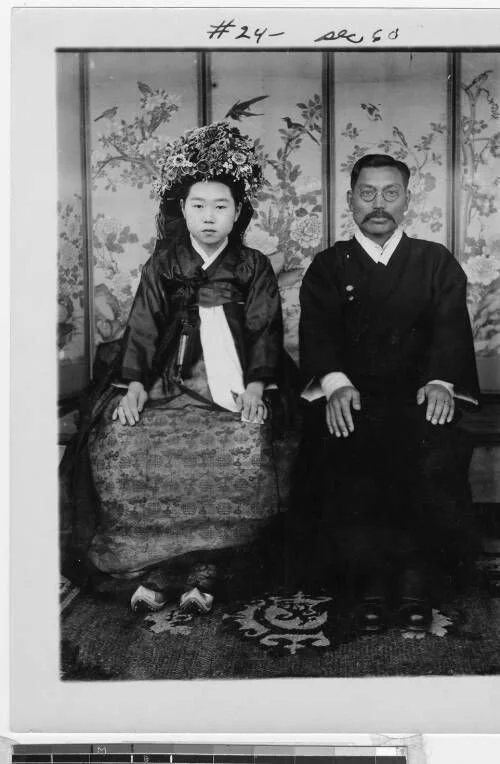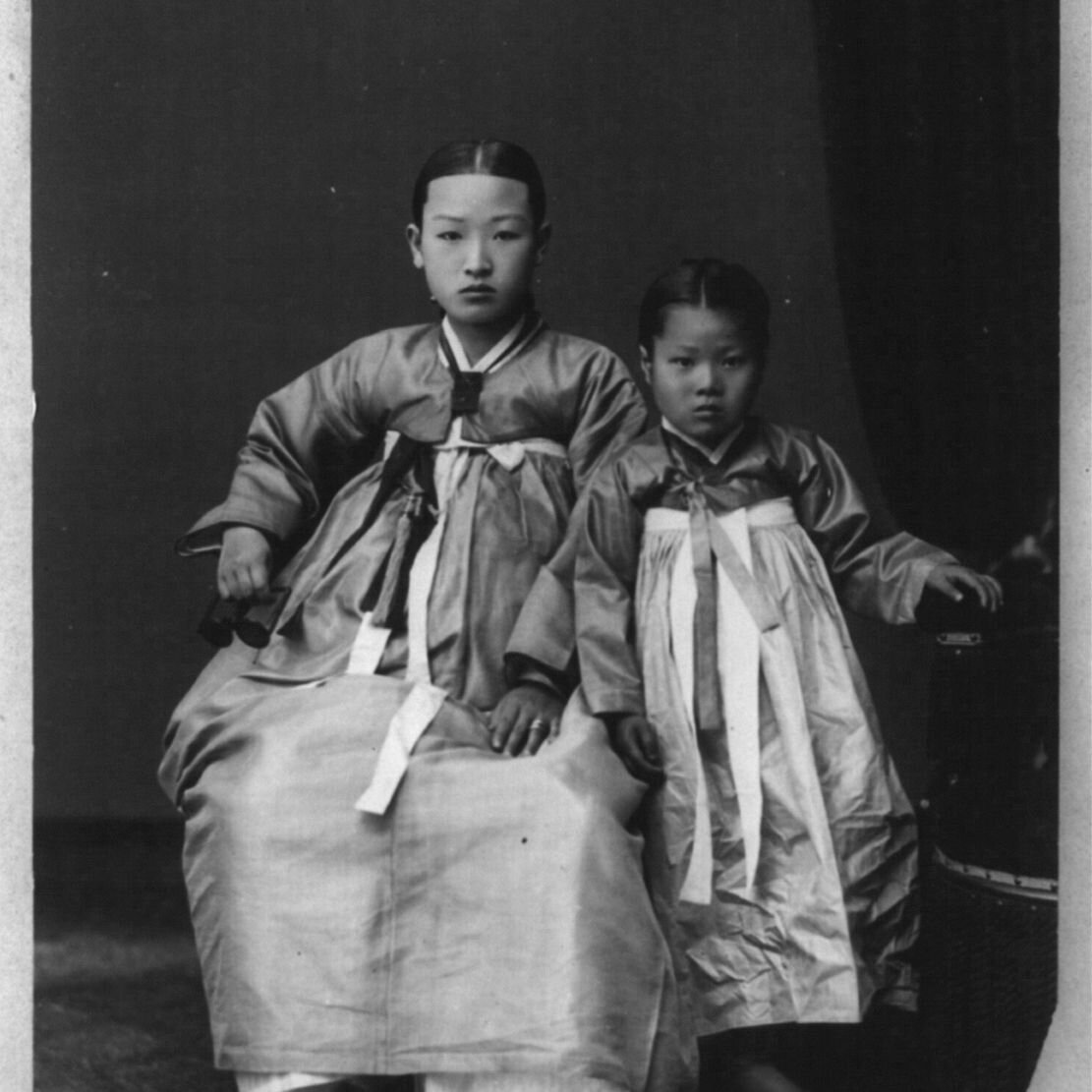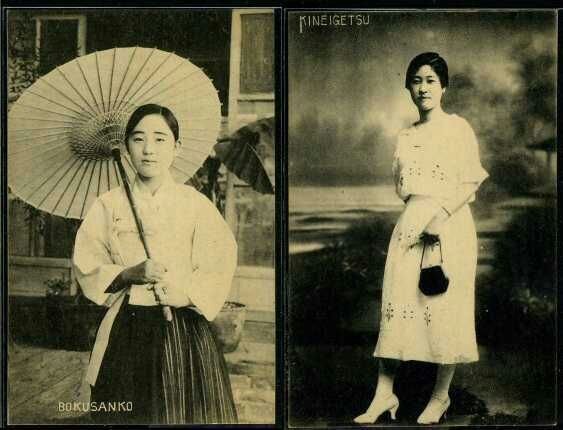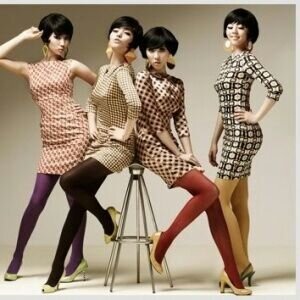Fernweh~3: South Korea
fernweh
/ˈfɛʁnveː/
farsickness or longing for far-off places
Welcome to the third destination, fernweh travelers! During today's visit, South Korea will be greeting us. Notwithstanding South Korea’s high esteem in today’s entertainment industry (K-Pop Army!), it was my special interest in East Asia, South Korea in particular, that made me search through the pages of history to find out how and from where did its fashion culture arise. To someone who is an enthusiast of preserved aesthetics like me, East Asian cultures present a very close-knit community of arts and crafts that is pricelessly valuable. Either due to their history, which enabled them to intertwine with the rest of the world, or due to their highly characteristic cultural elements and essence (probably from an orientalist perspective), or most likely due to both, the far Eastern cultures appear to present a more sheltered memory as a reflection of their ancestry. No matter what, modern Eastern Asian people glorify all the elements that make up their cultural whole and sow their present from the strands of the past. South Korea is no exception.
Joseon Era
As you may have understood from the previous entries, the question of “what did happen at that time of history?” is of great significance in our mission to keep track of why change is a constant in a culture’s order. Very similar to Japan, or more precisely from Japan’s exact opposite perspective, Korea’s fashion (before the North and South split) shifted according to their recurrent political and economic fluctuations. The first memorable element of Korea’s fashion history was the Joseon Hanbok, a loose combination of a top and a bottom worn during the Joseon period. It consisted of a jeongi, the top, and chima, the skirt, for females, and a jeongi and a baji, the pants, for males. The tradition of wearing a Hanbok extended its limit beyond Joseon’s roughly 505 years (from 1392 to 1897), but in between the period of 1875 and 1910, the garments, the accompanying hair and makeup, and the rest of this “luxury” look (which was an ideal dream, not a luxury; more like a way of expression, but let’s keep that talk for another blog) was toned down due to Japan’s political constraints and the West. The colors of hanbok went from vivid to dull; the hairstyles kept clean and simple.
Japanese Effect
In between the years 1910 and 1945, the Japanese colonial government banned the Hanbok, reasoning that it influenced and encouraged Koreans to be proud of their culture, which was apparently what they wanted to minimize at the time. The Korean people started to adopt a more Japanese style, which was influenced by the Western culture at the time, as you may recall from the Japan fernweh. People began wearing suits, hats, dresses that resembled the ones worn by Americans and Europeans. In the years following the Second World War, poverty struck the Korean culture again. Due to production limitations, the fabrics used were the simplest and cheapest; accessories and makeup were as light as possible.
Korean War
During the Korean War, people could barely survive. Yet, among all the poverty and distress, a lack of Japan’s direct oppression meant people could wear the Hanbok again. Because men mostly wore their military clothes, women adopted the garment back into Korean society.
1950s - 2000s
The 1950s gifted the newly formed South Korea Nora Noh, the founder of the country’s fashion scene and its first clothing brand. Influenced by the fashion schools and methods brought in by Americans, Nora Noh held South Korea’s first fashion show. Whatever they wore in Myeongdong, Seoul’s chic shopping district, became popular on the rest of the country’s cosmopolitan streets (probably miniskirts and high heels in the 50s). Then came the colorful hippie aesthetic of the 60s and the 70s. South Korean teens wore their clothing as a resistance to the time's conservative government. Until the 90s came and hip-hop culture took center stage. And that led to the rise of the South Korean (Hallyu) Wave of the 2000s and 2010s.
Image via
Modern Times
Currently, designers like Andre Kim and Kim Mi Hee are known to the world. These names keep influencing South Korea’s modern fashion and fortunately have preserved the history of Hanbok, which was once under the thread of non-existence. South Korean musicians and actors that are highly popular showcase their support for South Korean brands by consistently using and advertising them. Due to all these investments, the fashion industry was even included in Seoul's 2020 travel video. As it can be seen, the threats South Korean culture had to endure somehow concluded in a fashion culture that is rich and inclusive. Now, more than ever, the South Korean industry encompasses a diversity of sectors at the forefront of innovation: from fashion, to movies, to music, to technology…
More Info: Korean Fashion, Korean Fashion Trends
























